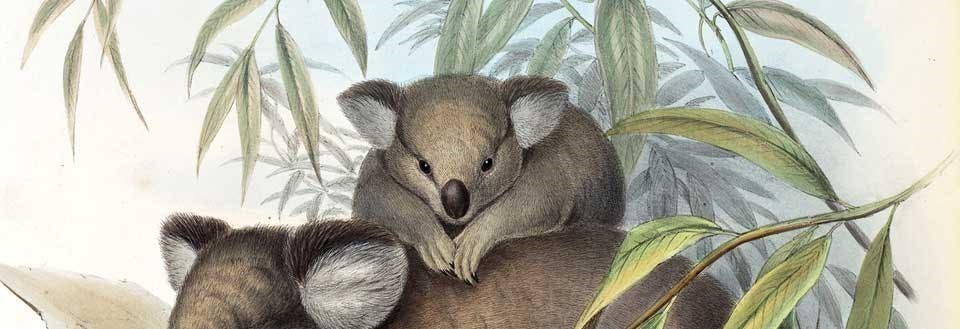Section III.
In Search of New Species, 1760-1840
Although a few individuals like Mark Catesby made trips to foreign lands in the early eighteenth century to collect native specimens, it was not until 1768, and the departure of James Cook’s ship, the Endeavour, from England, that we begin to see official voyages of scientific exploration, sent out with the intent of discovering new species of animals and plants. Since Cook’s expedition took several naturalists and draftsmen, and since they were so successful in discovering hundreds of unknown plants and many new animal species, this became the norm for future voyages of exploration, to take along the best available naturalists and artists. There were dozens of such voyages between Cook’s and the famous voyage of the Beagle in 1831; we feature five narratives in this section and one more in the next section. As will be readily apparent, the official publications of the expeditions spared no expense in illustrating the fruits of these voyages.

